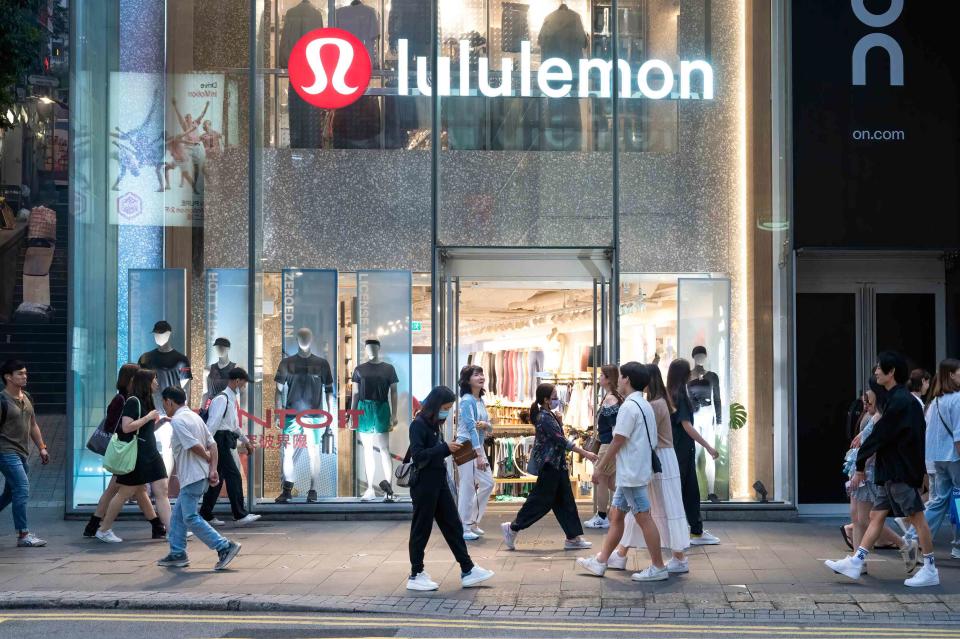Lululemon Stock Slips. Morgan Stanley Has Concerns About Its China Sales

Sebastian Ng / SOPA Images / LightRocket via Getty Images
Key Takeaways
The improved revenue growth that Lululemon has seen in China in recent years could slow in the years ahead, Morgan Stanley analysts wrote Tuesday.
The retailer could be hurt by issues including a worsened macroeconomic picture in China and consumer preference for domestic brands, Morgan Stanley said.
The analysts lowered their price target to $314 from $326, expecting revenue growth in China and other countries to decline.
Lululemon (LULU) shares moved lower Tuesday as Morgan Stanley analysts said that the company's better-than-expected sales growth over the last several years will be challenged to increase at a similar pace.
The analysts, lowering their price target to $314 from $326, said consensus expectations that the company's China sales will see a compound annual growth rate (CAGR) of at least 20% in the coming years are likely too optimistic. Their price target is a bit below the roughly $316 mean of analysts tracked by Visible Alpha.
Lululemon shares fell more than 1% Tuesday afternoon, more than the S&P 500. The shares have lost nearly half their value since the start of the year.
Macro Climate, Preference for Value Could Slow China Sales
Over the last several years, Lululemon has been "one of the few Western specialty retailers to successfully enter China" thanks to a "more thoughtful and localized entry approach vs. peers, and particularly relevant brand positioning" in the region, the analysts wrote.
But a worsening macroeconomic picture and the potential for Chinese consumers to gravitate to lower-cost and domestic brands could slow Lululemon's sales growth, they said.
The analysts said that using Lululemon's growth metrics in other markets, they see a likely projection of $2.3 billion in annual China sales by the end of 2028, compared with the $2.7 billion in annual sales that a low-20% CAGR would lead to.
Read the original article on Investopedia.